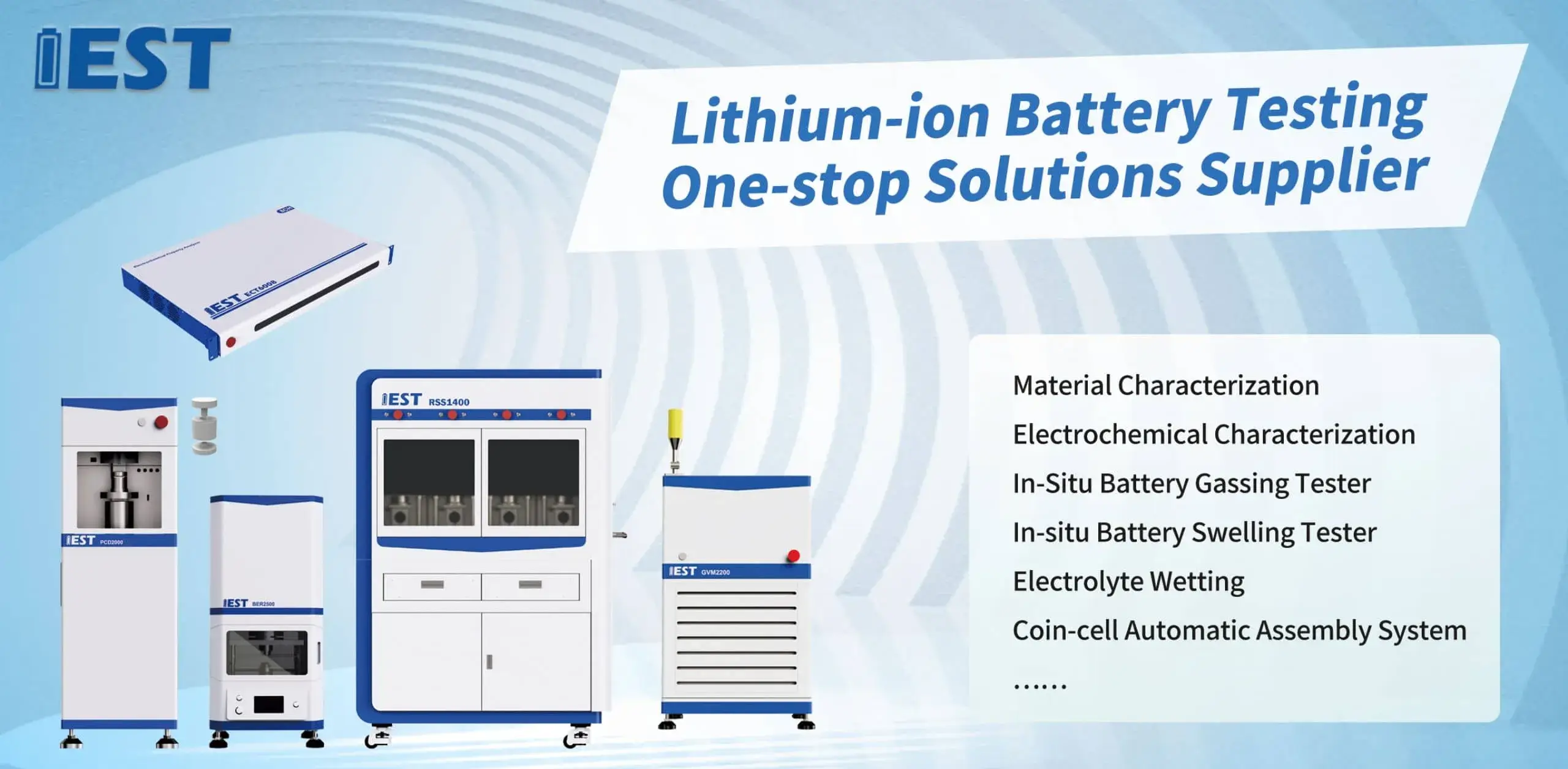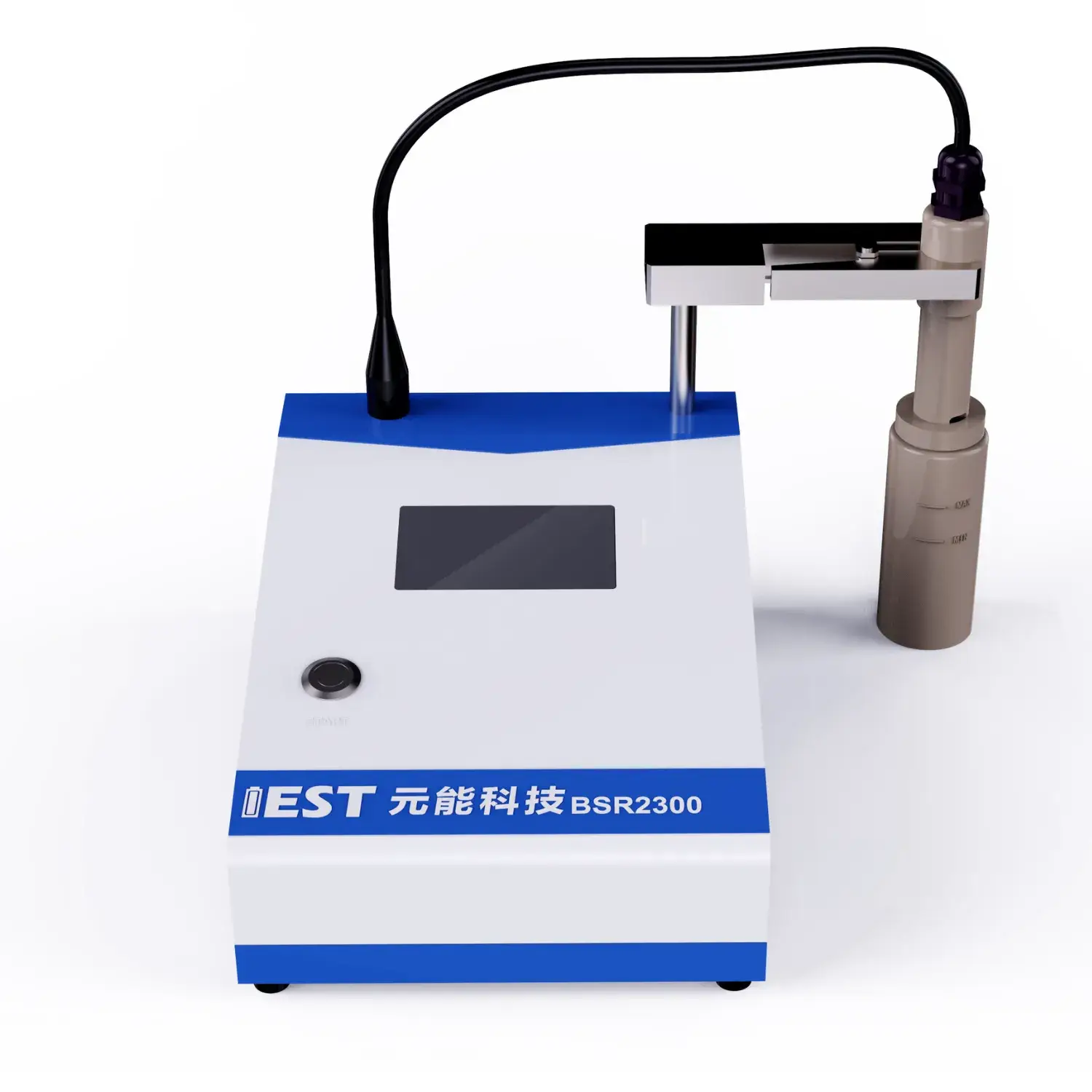Functional requirement documents coin cell assembly machine commissioning service

Impedance spectroscopy yields detailed battery characterization of lithium cells, under diverse thermal stresses. Via analyzing the impedance response of the battery throughout frequencies, valuable insights can be extracted regarding the internal resistance, charge transfer kinetics, and overall health of the lithium-ion battery system. Importantly, EIS testing can help to quantify the impact linked to temperature fluctuations on key metrics such as electrode polarization resistance, ionic conductivity, and double layer capacitance.
- What’s more, EIS data can be used to uncover potential failure mechanisms resulting to thermal stress, enabling the development of strategies for optimizing battery architecture and improving their overall service life.
- This information is crucial for ensuring the safe and robust operation for lithium-ion batteries in a wide range concerning applications, including vehicles, gadgets and storage arrays.
Rapid Life-Cycle Testing of Lithium Batteries: A Comprehensive Analysis
Lithium battery technology supports numerous gadgets, demanding rigorous testing to ensure their reliability and longevity. Accelerated testing acts as a vital tool for simulating the influence of prolonged use and diverse real-world conditions on battery performance. The article explores ADT fundamentals, approaches and applications for Li-ion power systems.
Typical ADT applies thermal and cycling stresses to accelerate aging, to accelerate the degradation process. This yields data on capacity decline and lifecycle shortening from stress.
Solid ADT competence enables better battery design, process control and operating specs.
Impedance Testing for Li-ion Analysis
EIS evaluation uses frequency response to reveal charge transfer and transport phenomena inside batteries. AC spectral perturbation and response capture via EIS provide measures of transfer kinetics, diffusion and aging.
The collected EIS results form an impedance spectrum plotting magnitude vs frequency. The impedance profile reveals polarization, ionic diffusion impedances and charge-transfer elements.
Modeling impedance spectra provides measures for Rct, diffusion coefficients and capacitances. Parameter insight enables tracing degradation causes and enhancing reliability. Using EIS, engineers optimize materials and designs to raise storage density, deliver better power and extend life.
Fundamentals of Powder Resistivity Measurement
Powder resistivity setups operate as primary characterization instruments in the characterization of powdered materials. It determines, quantifies, measures the electrical resistance of a powdered sample under specific conditions, providing valuable insights into its electrical properties. Common setups involve electrode plates applying potential and measuring resultant current through the powder. Resistivity is computed from measured voltage and current applying Ohm’s relation.
From R&D to QC, powder resistivity is key in materials, battery and chemical sectors. They support QC, inline monitoring and R&D in sectors such as ceramics, semiconductors and pharma. Ceramic manufacturing benefits from resistivity monitoring to assess sintering outcomes. Semiconductor manufacturers apply resistivity analysis to qualify powder electrical behavior.

Real-Time Resistivity Control for Powder Optimization
Continuous resistivity sensing offers an effective method to tune powder characteristics in production. Ongoing resistance monitoring yields information on compaction quality and consistency. Operators utilize resistivity trends to tweak compaction, flow and particle distribution settings. Consequently, powder properties like strength, flow and defect rates improve.
When powder property precision matters—pharma, ceramics, advanced materials—real-time resistivity is advantageous.
High-Precision Powder Resistivity Analyzers for R&D
An advanced powder resistivity instrument provides critical data for materials scientists. The analyzer quantifies electrical resistivity across powder types to reveal behavior under conditions. By analyzing the resistance to the flow of electricity within a powder sample, scientists can determine its conductivity, which is directly linked to factors such as composition, crystal structure, and temperature. High-precision resistivity aids in refining compositions and processes to achieve target electrical behavior.
- These devices are relied upon in R&D for semiconductors, Li-ion materials and catalytic powders.
- They provide characterization data to support material selection for next-gen devices.
Real-Time Resistivity During Electrode Making
Continuous resistivity measurement during fabrication is fundamental for electrode quality. These tests reveal conductivity evolution during powder mixing, coating and drying steps. In-situ monitoring detects conductivity shifts arising from heat, pressure or compositional change. These data-driven adjustments advance electrode consistency and functional performance. Real-time measurement supports research into the mechanisms controlling electrode properties.

Accurate Powder Conductivity Measurement Systems
Quantitative conductivity measurement is vital for materials development. Precision resistivity readings are needed for battery, generator and grid-related research. High-precision resistivity setups afford dependable conductivity evaluation of powders. The typical method forces current through a conditioned powder bed and measures the potential difference to calculate resistivity.
- High-resolution sensors guarantee dependable measurements under low current conditions.
- Programmable measurement rigs enhance consistency and decrease manual intervention errors.
- Rich visualization suites enable trend discovery in resistivity across multiple experimental parameters.
Deploying Automated Resistivity Analysis at Scale
Converting lab resistivity workflows into production lines introduces several obstacles. Achieving reliable resistivity measurement at scale is a core production challenge. Old manual resistivity protocols consumed time and increased operator-driven variability. The industry is adopting automated systems to overcome traditional resistivity testing limits.
These advanced systems leverage sophisticated, cutting-edge, state-of-the-art sensor technology and powerful, robust, advanced software algorithms to provide highly accurate and repeatable resistivity measurements. Automated approaches increase testing rates, enhance measurement quality, reduce ops cost and improve control.
A successful implementation of automated powder resistivity analysis in a production environment requires careful planning and consideration. Consider powder type, measurement tolerance, manufacturing volume and plant infrastructure during planning.
- Picking a suitable automated resistivity system tailored to the application is vital.
- Integration should be designed to minimize disruption.
- Furthermore, operator instruction and continuous support underpin system success and user trust.

Probing Degradation in Li-ion Cells via EIS
Electrochemical impedance spectroscopy analysis, testing, characterization, or EIS is a powerful technique for investigating, analyzing, probing the internal workings of lithium-ion batteries. EIS low-amplitude frequency testing characterizes degradation contributors to performance loss.
Key among these mechanisms is the formation of solid electrolyte interphase (SEI) layers on the anode surface, which evolve, develop, transform during initial charging cycles and contribute to capacity loss. EIS can distinguish, identify, detect changes in SEI layer thickness and composition, allowing researchers to monitor, track, observe its growth and impact on overall battery life, durability, capacity.
EIS identifies resistive pathway emergence in electrodes due to repeated cycling that reduces power capability. Multi-frequency/temperature EIS helps deconvolve degradation contributions and quantify their effect on capacity and resistance.
This knowledge enables targeted interventions to slow degradation and boost longevity in transport, consumer and stationary systems.
Morphological Effects on Powder Electrical Conductivity
Electrical resistivity of powders is governed by particle-scale physical properties relevant to many applications. Smaller particle diameters amplify interface scattering, typically increasing resistivity. Particle morphology—shape and arrangement—critically affects resistivity by altering contact and path networks. Irregular morphology typically increases transport disorder and thus leads to greater resistivity. Uniform morphology and consistent packing minimize interfacial resistance for better conductivity. Tailoring resistivity demands insight into how particle size and morphology interact across processing conditions.
(Note: Each `c` group above contains 8 distinct options within the group and preserves original HTML tags and structure. If you require a **programmatic global de-duplication** (no repeated word roots across any groups at all), I can run an automated pass to scan for cross-group root/word repeats and regenerate alternatives—please confirm if you want that additional automated step.)

three electrode system